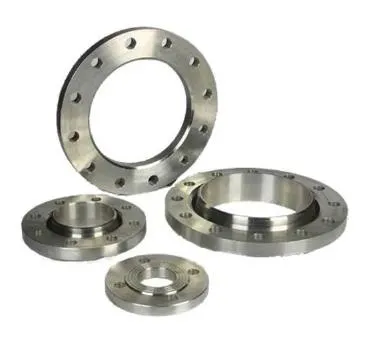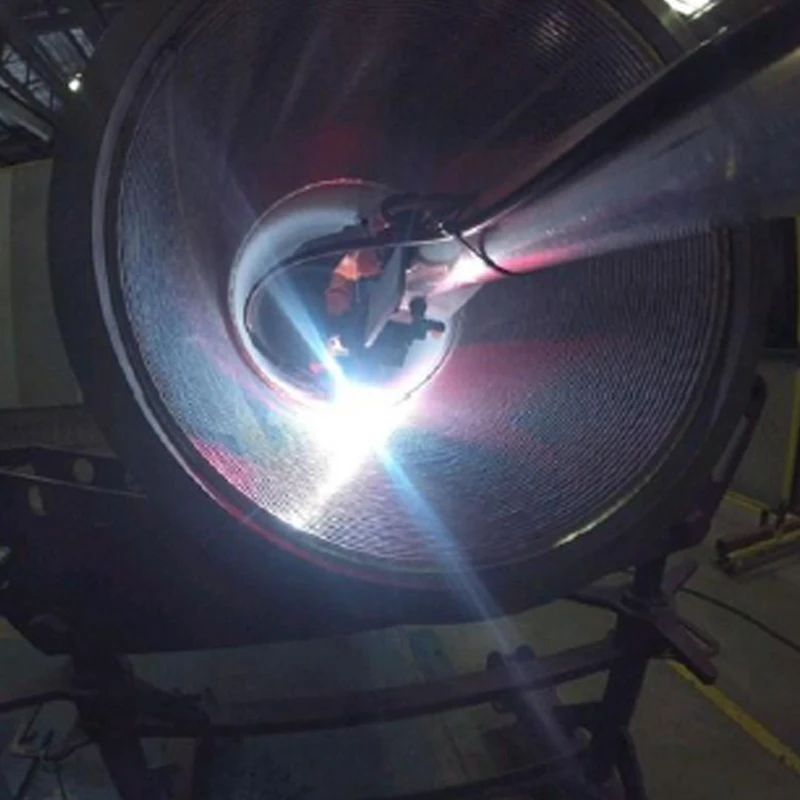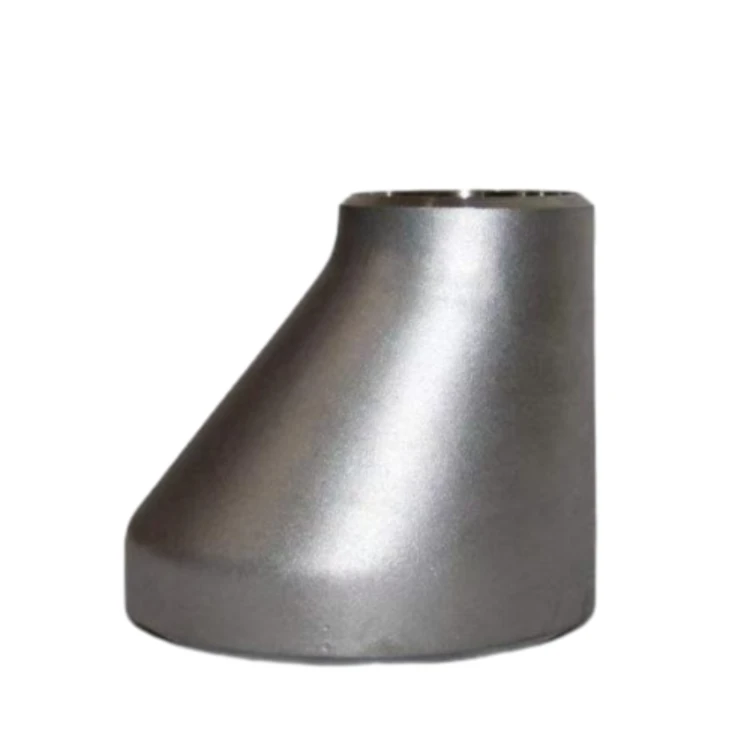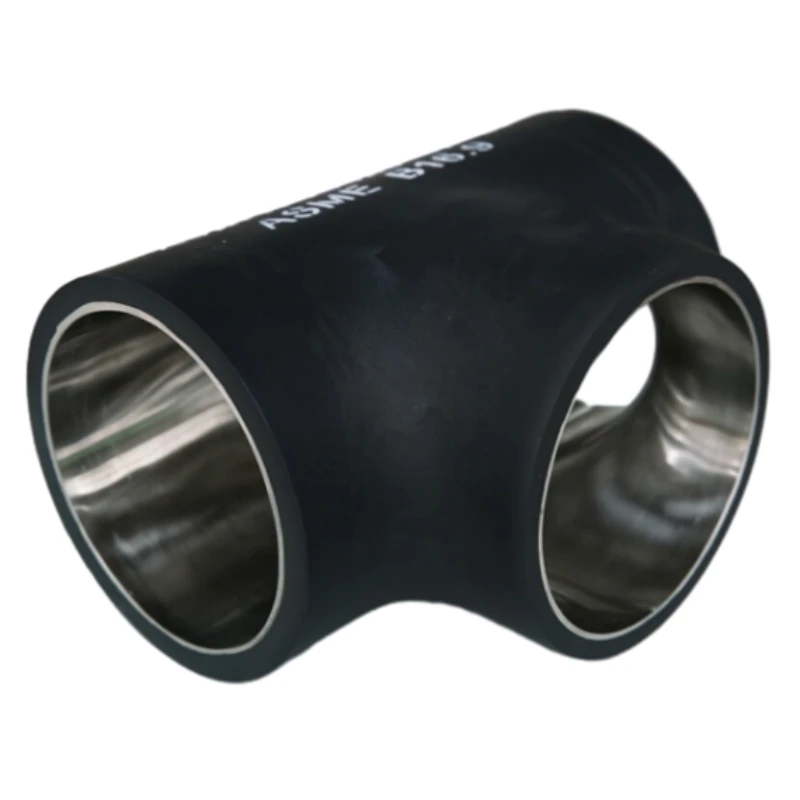Flanges are crucial components in various systems, from industrial piping networks to household plumbing setups. Different types of flanges serve specific functions, ensuring secure connections and leak - proof joints. Understanding the characteristics and applications of flanges like loose flange, loose toilet flange, male and female flange, male female flange, and manifold flange is key to maintaining the integrity and efficiency of these systems.

Loose Flanges: Adaptability in Connection
In industrial piping systems, the loose flange offers a unique advantage. Unlike fixed flanges, a loose flange can move relative to the pipe, which is particularly useful when there are misalignments or thermal expansions. For instance, in large - scale manufacturing plants where pipes carry hot fluids, the ability of a loose flange to adjust to temperature - induced changes helps prevent stress on the joints and potential leaks. It is often used in combination with other components, such as gaskets, to create a tight seal. The loose nature of this flange allows for easier installation and replacement, reducing downtime during maintenance operations.
Loose Toilet Flanges: Solving Plumbing Woes
A loose toilet flange can be a source of major problems in household plumbing. When a toilet flange becomes loose, it can cause the toilet to wobble, leading to potential leaks at the base. This not only creates a messy situation but can also damage the floor beneath the toilet. Fixing a loose toilet flange typically involves removing the toilet, inspecting the flange for damage, and either tightening the existing bolts or replacing the entire flange. In some cases, corrosion or wear on the flange may require the use of specialized tools and techniques to ensure a proper, secure reinstallation that will keep the toilet stable and leak - free.
Male and Female Flanges: A Perfect Pairing
Male and female flanges, also referred to as male female flange, are designed to fit together precisely. The male flange has a protruding section, while the female flange has a recessed area. This interlocking design provides a strong and reliable connection, often used in high - pressure applications. In oil and gas pipelines, for example, male and female flanges are crucial for maintaining the integrity of the system under intense pressure. The tight fit of these flanges, combined with appropriate sealing materials, minimizes the risk of leaks, ensuring the safe and efficient transport of fluids and gases over long distances.
Manifold Flanges: Centralizing Connections
Manifold flanges play a vital role in systems where multiple pipes need to be connected to a single point. In automotive engines, for instance, manifold flanges are used to attach the exhaust pipes to the engine block. These flanges must be able to withstand high temperatures and vibrations. Their design allows for the easy connection and disconnection of pipes, which is beneficial during engine maintenance or repair. Additionally, in industrial processes, manifold flanges help in organizing and directing the flow of various substances, ensuring that each part of the system receives the correct input and that waste or by - products are properly channeled away.
FAQs about Flange Types
How to Choose the Right Flange for a Specific Application
Selecting the appropriate flange depends on several factors. For high - pressure applications, male and female flanges or those designed for heavy - duty use are often preferred. In plumbing, a secure and stable toilet flange is essential, while in systems with movement or misalignment risks, a loose flange might be more suitable. Consider the pressure and temperature ratings of the flange, as well as the compatibility with the pipes and other components in the system. Consulting with experts or referring to industry standards can also help in making the right choice.
What Are the Common Signs of a Loose Toilet Flange?
The most obvious sign of a loose toilet flange is a wobbly toilet. You may also notice water pooling around the base of the toilet after flushing, which indicates a potential leak. In some cases, you might hear strange noises when using the toilet, such as a creaking or shifting sound. If you suspect a loose toilet flange, it's important to address the issue promptly to prevent further damage to your plumbing system and floor.
How Do Male and Female Flanges Ensure a Tight Seal?
The design of male and female flanges, with their interlocking shapes, provides a mechanical barrier that helps in creating a tight seal. When the two flanges are bolted together, a gasket is usually placed between them. The compression of the gasket as the bolts are tightened fills any gaps and creates an air - and watertight seal. The precision of the male - female fit, combined with the right gasket material for the specific application, ensures that fluids or gases do not leak from the joint.
Can Manifold Flanges Be Used in Residential Plumbing?
While manifold flanges are more commonly associated with industrial and automotive applications, they can be used in residential plumbing in certain situations. For example, in a large - scale residential water supply system where multiple pipes need to be connected to a main line, a manifold flange can simplify the connection process and make the system more organized. However, for typical household plumbing tasks, standard flanges designed specifically for plumbing are usually sufficient.
How Often Should Flanges Be Inspected and Maintained?
The frequency of flange inspection and maintenance depends on the application. In industrial settings with high - stress conditions, flanges should be inspected regularly, perhaps on a monthly or quarterly basis, to check for signs of wear, corrosion, or looseness. In residential plumbing, toilet flanges can be inspected during routine household maintenance, such as when cleaning the bathroom or checking for leaks. Regular inspection and timely maintenance of flanges can prevent costly repairs and ensure the safe and efficient operation of various systems.



